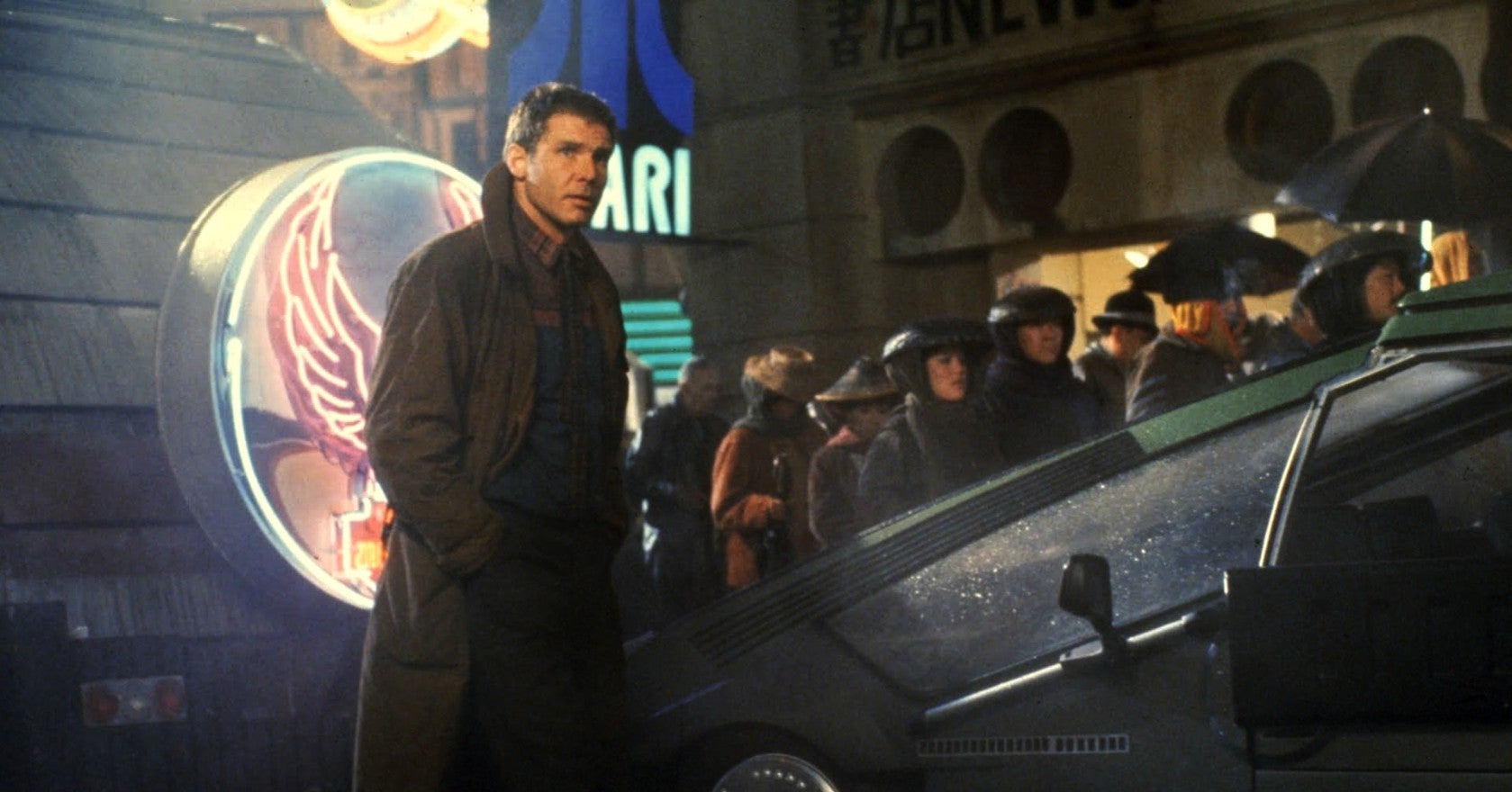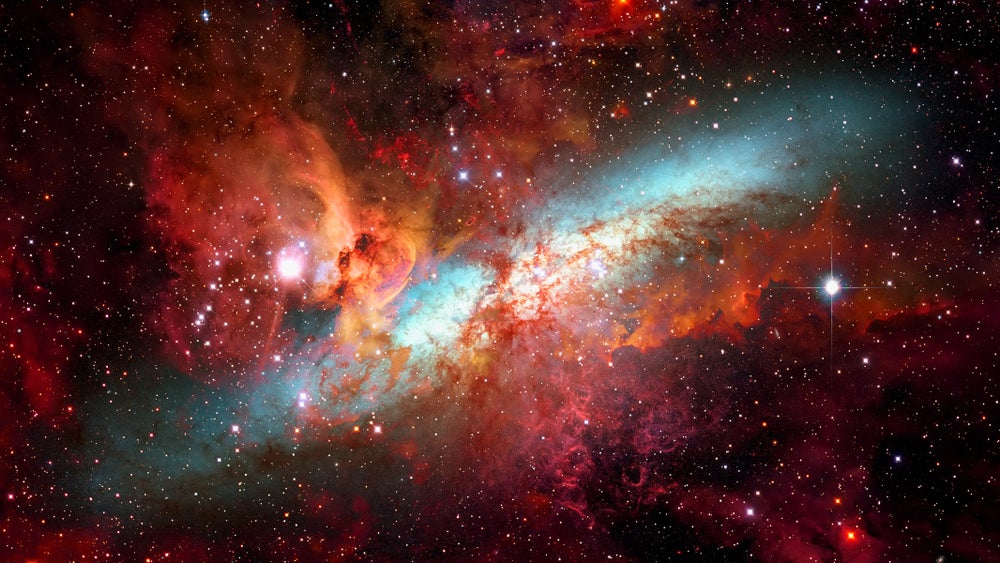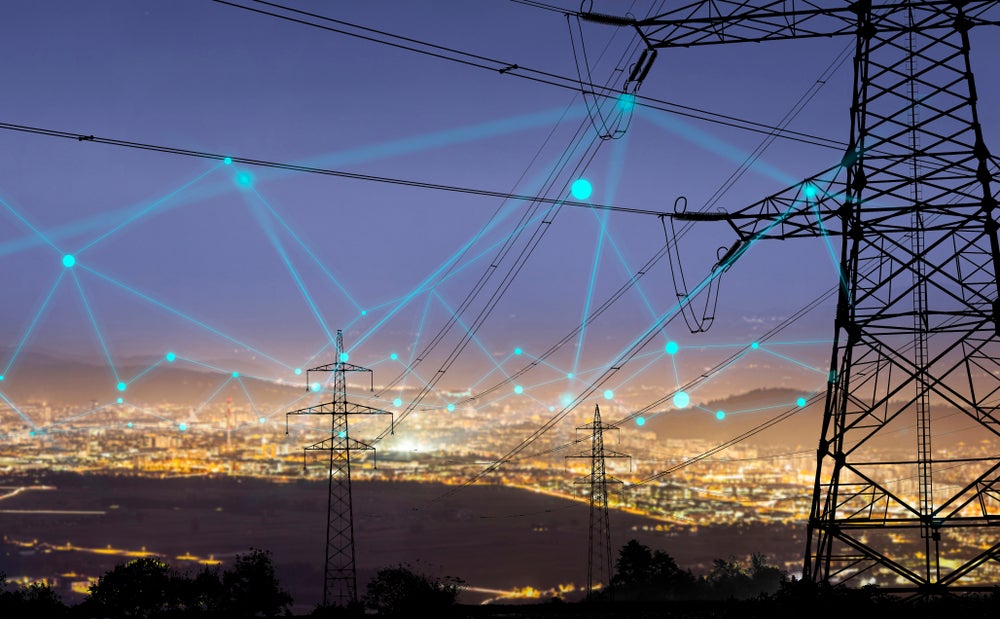
In 1982 the film Blade Runner provided us with a stunning but utterly dystopian vision of the year 2019. But now it is upon us, how close is the Blade Runner 2019 to reality?
As with any vision of the future, Blade Runner has deep influences from the time it was conceived. There is something both socially and aesthetically that is distinctly 80s about the sci-fi masterpiece.
However, there is also some thrilling tech that belongs firmly in our collective vision of the future. So how close have we come, and where have we surpassed Ridley Scott’s masterpiece?
Robots and artificial general intelligence
Central to the Blade Runner plot is, of course, replicants, which are essentially bio-engineered robots with exceptionally sophisticated levels of intelligence, able to think abstractly, perform a host of different tasks and perceive themselves in a manner almost indistinguishable from humans.
And on this front, it is very safe to say that the real 2019 fails miserably to match up. Our robots are at best machines with a mock-human appearance, which are typically only able to perform basic pre-programmed tasks.
How well do you really know your competitors?
Access the most comprehensive Company Profiles on the market, powered by GlobalData. Save hours of research. Gain competitive edge.

Thank you!
Your download email will arrive shortly
Not ready to buy yet? Download a free sample
We are confident about the unique quality of our Company Profiles. However, we want you to make the most beneficial decision for your business, so we offer a free sample that you can download by submitting the below form
By GlobalDataThat is not to say that they are not impressive – there have undoubtedly been dramatic advances in both artificial intelligence and robotics, and their growing use reflects the value they have. However, in order to reach the level of Blade Runner’s replicants, we have much, much more to do.
One significant area is the development of artificial general intelligence, which is where an AI would be able to switch between wildly different tasks, and use abstract thought to encounter new scenarios much like a human would. At present we only have achieved narrow AI, which is focused on single tasks or focuses, and the vast majority of experts believe remains many years away.
Furthermore, the bioengineered hardware sported by the replicants also remains some time away. The film depicts the manufacture of organs such as the eye in a manner that is currently beyond our reach – although efforts to 3D print organs could in the future bring this closer.
Computers and digital analysis tools
While we might be a long way off the robotics of the Blade Runner 2019 world, we have long surpassed the computers Scott imagined for our era.
In one memorable scene from the film, we are treated to Harrison Ford analysing a photograph found at a crime scene using what in 1982 would have looked like highly sophisticated technology.
However, the computing on show is utterly retro by today’s standards. The machine appears to be running on a modified version of MD-DOS, and so would have looked out-of-date back in 1995. Similarly, the ability to ‘enhance’ an image as Ford does can now be achieved with a basic zoom, while the graphical capabilities alluded to in the scene have been dramatically surpassed.
The one area of computing we were slower to catch up to was voice commands, with Ford seen instructing his machine to show him different areas of the image by speaking. However, with the advent of voice assistants, we are now comfortably hitting – and surpassing – the technological bar set by the film even in this area of computing.
Flying cars and space travel
While computers might be better than in the Blade Runner 2019, transport – sadly – is not. The police-operated flying cars known as Spinners, which feature vertical take-over and cover capabilities, are not something we are accustomed to seeing in the real world.
However, we are moving closer with the development of autonomous vertical take-off and landing vehicles, such as those being developed for Uber Air or Lilium. We also have our own futuristic travel in development in the form of autonomous cars, although in both cases these remain a few years away from widespread use.
Where we have significantly fallen short is in space travel, which Blade Runner paints as far-reaching and everyday, alluding to both off-world colonies and trips beyond the solar system. Here, unfortunately, we are probably over a century away from Blade Runner’s vision, although it is nice to imagine it will come sooner.
Communications
Where we have beaten the Blade Runner 2019 is in communications, with video phone booths being a widespread feature of the film’s world.
While video calling is quite common now due to the advent of Voice over Internet Protocol (VoIP) services such as Skype, the film sees characters reliant on their proximity to cumbersome public tech.
There is nothing on the communications side of the film’s world that comes close to the smartphones of the real 2019, which far surpass any of the computing capabilities shown in the Blade Runner 2019.
We may not have replicants and flying cars, but in many ways we live in a far more futuristic world than Blade Runner’s creators could have envisioned.





